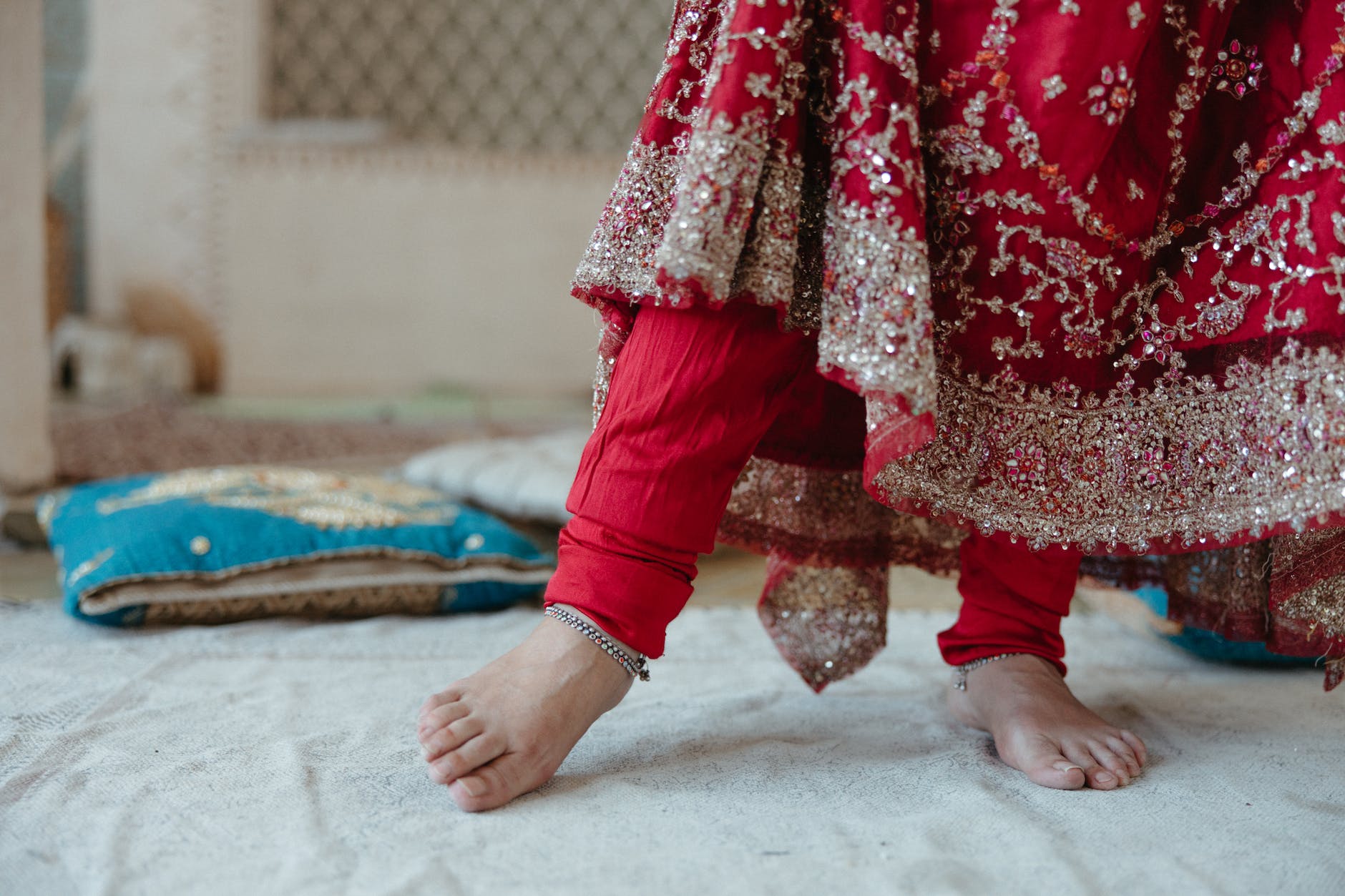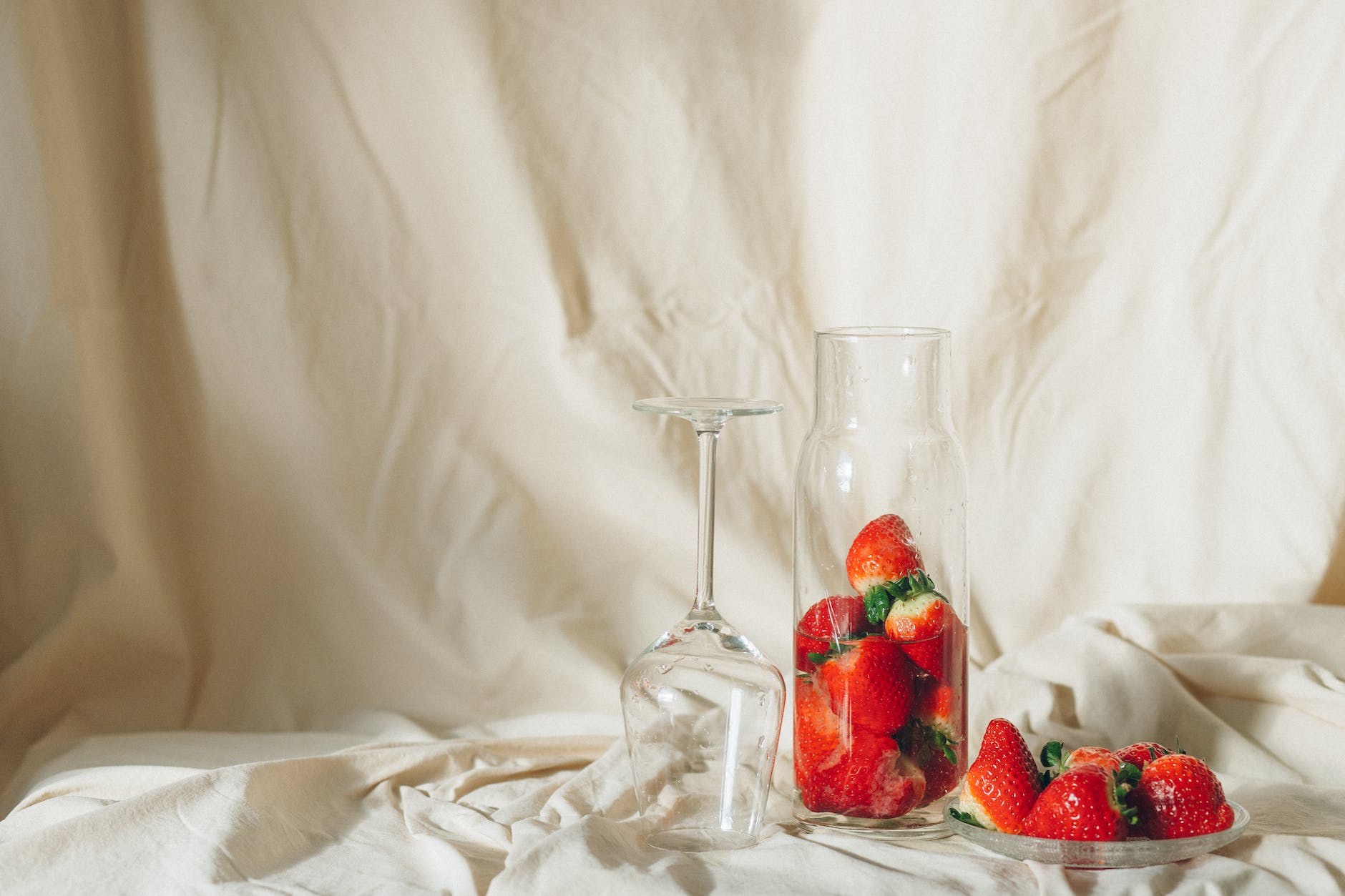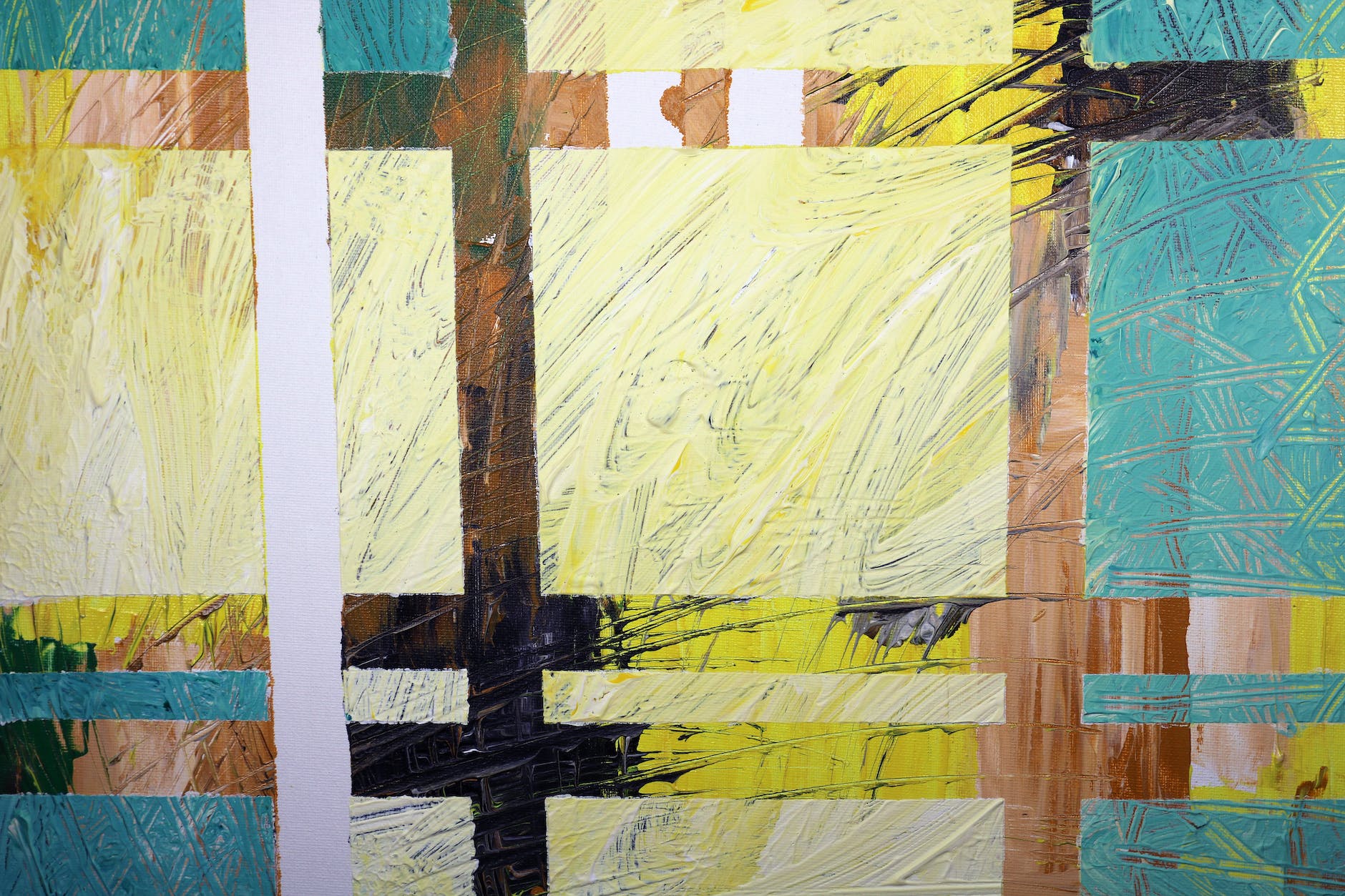In the Expressionist enigma of the colorful world of art, one particular genre stands out in its colliding nature of explosive hues and distorted realities – Psychedelic Art. Born out of the cultural revolution of the 1960s, Psychedelic Art largely draws its inspiration from surrealism, an art form that explores the irrational, dreamlike dimensions far detached from reality.
Echoing the visual representations found in hallucinogenic experiences, this style utilizes bright colors, fluid shapes, intricate patterns, and visual distortions to engage the viewer’s senses and evoke deep emotional responses. The artists play with optical illusions to convey a range of profound, often philosophical ideas related to spiritual awakening, perception, mind expansion, and self-exploration.
One of the defining traits of Psychedelic art is its use of fractal geometry. Fractals are complex, never-ending patterns that are self-similar across different scales. These infinite patterns are not only aesthetically pleasing but also resonate the macrocosm within the microcosm, very much attuned with psychedelic experiences.
Artists also employ synesthesia, a neurological phenomenon whereby stimulating one sense leads to automatically, involuntary experiences in a second one. For instance, one can ‘see’ sounds or ‘taste’ colors. Synesthesia grabs the viewer’s mind, creating a multisensory, immersive experience, transforming the canvas into a dynamic, sensorial playground.
Bright colors, typically neon, are another quintessential trademark. The colors are often contrasting – pinks with greens, purples with yellows – giving the artwork a luminescent, almost electric quality. The saturation and vibrancy of these colors evoke intense emotional responses, stirring the depths of the subconscious.
The use of fluid shapes and intricate patterns challenges the traditional norms of form and design. Artists embrace the organic, mutable forms found in nature, shying away from rigid geometrical shapes. The use of intricate patterns often draws from ancient indigenous cultures, infusing the artwork with primordial, spiritual dimensions.
These visual elements converge to create optical illusions that disrupt and play with the viewer’s perception. They create a sense of movement, depth, and dimension, fascinating the mind and teasing the eye. Visual distortions, combined with bright colors and intricate patterns, become the magic carpets that transport viewers to other universes, alternate realities blurring the lines between the tangible and intangible.
Psychedelic art also often employs mixed media to construct its narrative. The combination of traditional art materials with unconventional mediums – like textiles, metals, or even technological elements – add to its unpredictability and multidimensional nature.
Last but not least, the conceptual artistry cuts through the psychedelic art’s visual chaos. Though the genre indulges in aesthetic extravagance, it carries profound spiritual, philosophical, and psychological undertones. This style of art has for decades been a means of exploring consciousness, pushing boundaries of perceived reality and engaging the deep human questions of existence and meaning.
Psychedelic Art continues to push boundaries by fusing modern trends with iconic 60s nostalgia. It takes the viewer on a roller-coaster journey into dimensions where reality is reimagined and refracted. Unconventional, reactive, and occasionally controversial, this art form – with its surrealism, intricate patterns, optical illusions, bright colors, visual distortions, fractal geometry, fluid shapes, synesthesia, mixed media, and conceptual artistry – continues to be a boldly expressive testimony of the human mind’s boundless creativity.
Relish and revel in the merry chaos of Psychedelic Art – the key to the carnival of the senses. Let it transport you to otherworldly paradises, spurring on your imagination and challenging your perceptions. Art, after all, is the validated madness that makes the mundane, magical and the ordinary, out of this world.






